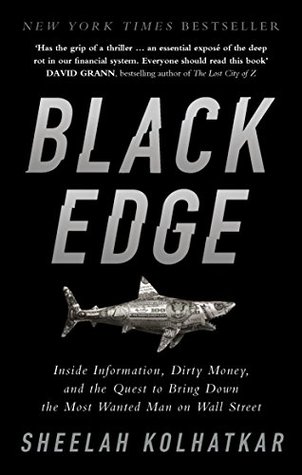More on this book
Community
Kindle Notes & Highlights
Read between
February 24 - February 26, 2024
Cohen and Lissak spent hours analyzing their trades and trying to figure out how they could have done better. Lissak characterized their core philosophy in simple terms: It was all about improving their odds of earning a profit by eliminating the ways they lost money and increasing the ways they made money. The key to making money, they believed, was by intelligently controlling their losses. Academically, this was known as risk management.
If a trade is going against you, you set a limit, and then you sell, no matter what. Never let emotions get in the way.
Kiev’s work with Olympians had led him to believe that the thing that blocked most people was fear. You might have two investors with the same amount of money: One was prepared to buy 250,000 shares of a stock they liked, while the other wasn’t. Why? Kiev believed that the reluctance was a form of anxiety—and that it could be overcome with proper treatment.
“Being preoccupied with not losing interferes with winning,” he would say. “Trading not to lose is not a good strategy. You need to trade to win.”12
He believed that he could analyze the microchip industry in terms of supply chains, the interdependence of companies that created components for computer products and cellphones. If you found out that one company along the line was doing poorly, you could make inferences about everyone else on the chain.
One of the things SAC looked for in new traders was personal connections3 the trader had with people working at public companies that might yield valuable intelligence.
“We both know that if you have tons of money at stake and nobody is watching, you will find bad conduct,”
Every day it was “I’m going to destroy you today and make it up to you later.” Year after year, Cohen’s employees would watch in astonishment as this same scenario played out again and again with different stocks and different situations. No one ever got the better end of a deal with Stevie Cohen.
The rating was how the traders communicated the value of their information to Cohen without exposing him to the details of how they knew something. Cohen relied on it to decide whether to buy for his own account.
Even though the people involved in those kinds of cases were often committing heinous crimes, murdering and extorting and stealing from vulnerable people, Weitzman observed that they operated by a code that said you did not betray your friends and family. The bonds of loyalty were strong. In the Wall Street cases, by contrast, people turned on one another with very little prompting. There was no code at all, nothing beyond a shared lust for making money. Freeman hewed to type. He barely hesitated before flipping on Longueuil, who had been the best man at his wedding.
It was like Occam’s razor, or the law of parsimony: Among competing hypotheses, the simplest one was usually correct. Any other explanation defied common sense.


